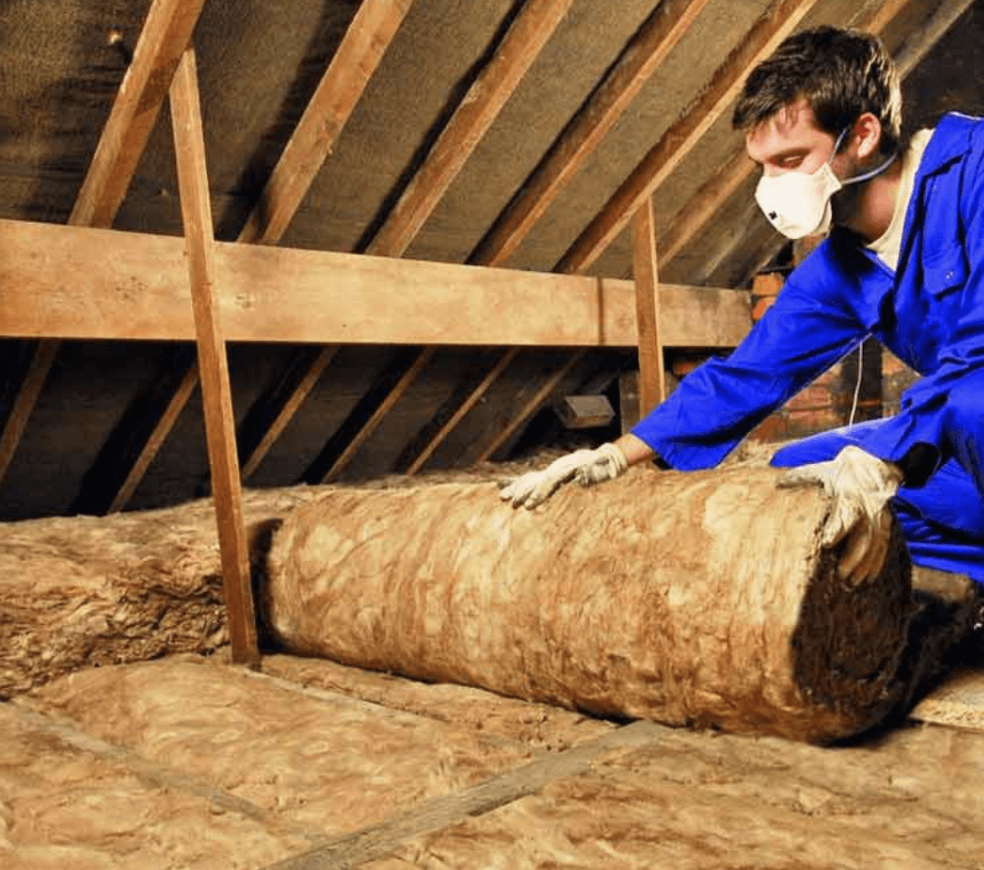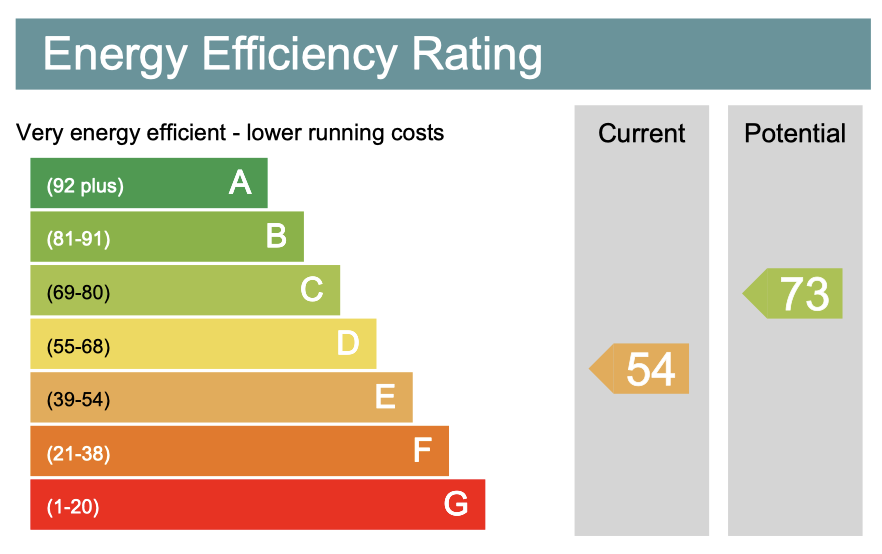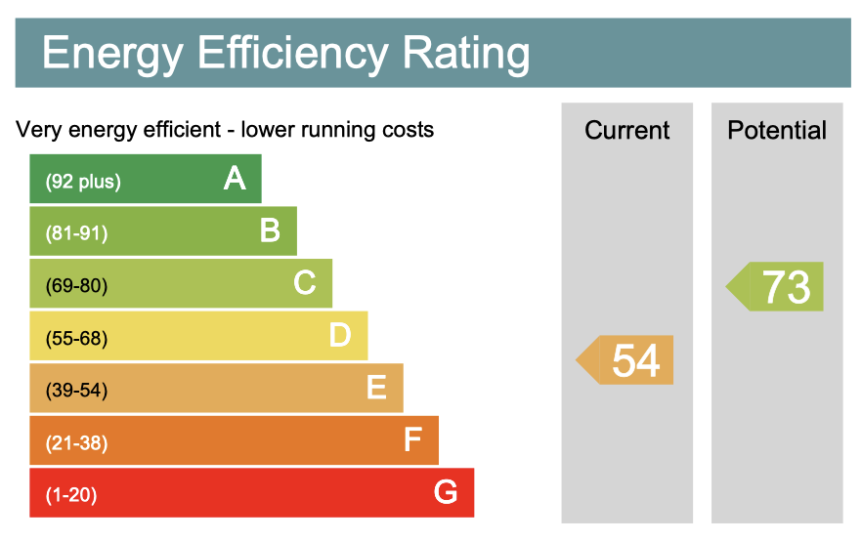What you need to know

The world of energy efficiency is always evolving, and if you’re a homeowner or landlord, you’ve probably heard the buzz about the upcoming changes to RdSAP 10 (Reduced Data Standard Assessment Procedure). Whether you’re managing a property portfolio or just keeping your own home running smoothly, understanding these changes will help you stay ahead of the curve.
What Is RdSAP and Why Is It Changing?

Let’s start with the basics. RdSAP is the method used to produce Energy Performance Certificates (EPCs) for existing buildings in the UK. It’s a streamlined version of the full SAP (Standard Assessment Procedure), designed to assess energy performance quickly and affordably. These images we’ve all become used to.
Over the years, technology and building practices have advanced. Homes now have access to cutting-edge energy solutions, and RdSAP needs to keep up. Enter RdSAP 10, the latest update to reflect new technologies, improved accuracy, and government ambitions to reduce carbon emissions.
“The instroduction of rdSAP10 is a pivotal step in the UK’s efforts to modernise its housing stock and reduce energy consumption” – Damien Roberts, Existing Dwellings Technical Manager, Energy Matters, Elmhurst Energy. Issue 17 December 2024.
What Are the Key Changes in RdSAP 10?
While the full details are still being finalized, here’s an overview of the expected updates:
- Inclusion of New Technologies
- Renewable energy systems like solar batteries and hybrid heat pumps will now be factored into EPC assessments. These additions reflect the growing popularity of sustainable tech.
- Improved Energy Modelling
- Enhanced algorithms will provide a more accurate assessment of how homes use energy. For instance, properties with high-performance insulation and advanced heating controls will see these features better reflected in their EPC ratings.
- Recognition of Retrofit Measures
- The update will better account for energy-saving upgrades like internal wall insulation, secondary glazing, and ventilation improvements. This is great news for those investing in retrofits.
- Focus on Carbon Metrics
- A greater emphasis will be placed on a property’s carbon emissions alongside energy efficiency. This aligns with the UK’s commitment to net-zero goals.
- Changes to Fuel Cost Assumptions
- The new version will use updated data to reflect the true costs of heating and powering homes, offering more realistic assessments for households.
How Will This Affect Homeowners and Landlords?
The changes bring a mix of opportunities and challenges for property owners:
- EPC Ratings Might Shift
- With the new methodology, some properties could see their EPC ratings change. Homes with modern energy-saving measures are likely to benefit, while those relying on older systems might see lower scores.
- Encouragement to Invest in Green Tech
- The inclusion of renewables and retrofit measures in assessments will encourage more homeowners and landlords to invest in sustainable upgrades. Solar panels, better insulation, or heat pumps could now offer even more value.
- Compliance with New Regulations
- For landlords, these updates could impact the Minimum Energy Efficiency Standards (MEES). Properties with lower EPC ratings may need improvements to remain compliant, especially as the government pushes for a minimum EPC rating of C by 2028 for rented properties.
- Better Insights for Buyers and Renters
- A more accurate EPC means better transparency for those looking to buy or rent a property. It’s a win-win, fostering trust and confidence in the market.
What Can You Do to Prepare?
- Stay Informed: Keep an eye on updates from the Department for Energy Security and Net Zero.
- Get an EPC Review: If you’re planning upgrades, consult an energy assessor to understand how they’ll impact your property’s rating under RdSAP 10.
- Plan Ahead: For landlords, consider budgeting for potential upgrades to meet future compliance requirements.
- Embrace Retrofits: Even small measures like draught-proofing or LED lighting can improve your EPC score and lower energy bills.
The Bottom Line
The transition to RdSAP 10 is more than just a technical update—it’s part of a broader push towards a greener, more energy-efficient future. By understanding these changes and taking proactive steps, you can make the most of the opportunities they bring. Whether you’re a homeowner or a landlord, embracing energy efficiency isn’t just good for the planet; it’s great for your pocket, too!

